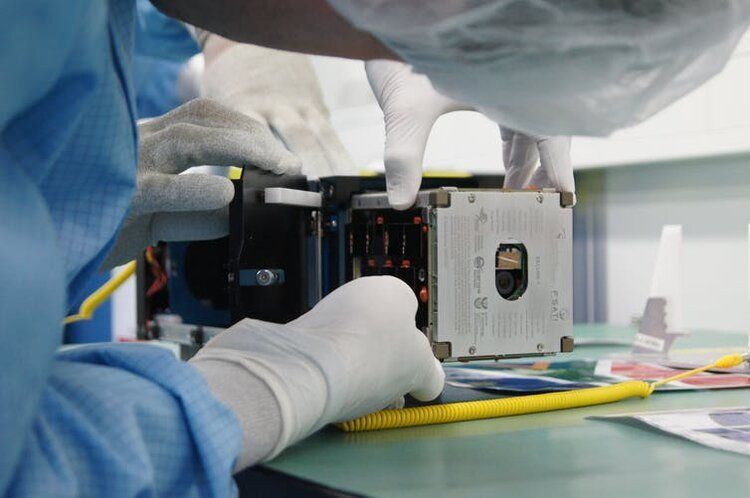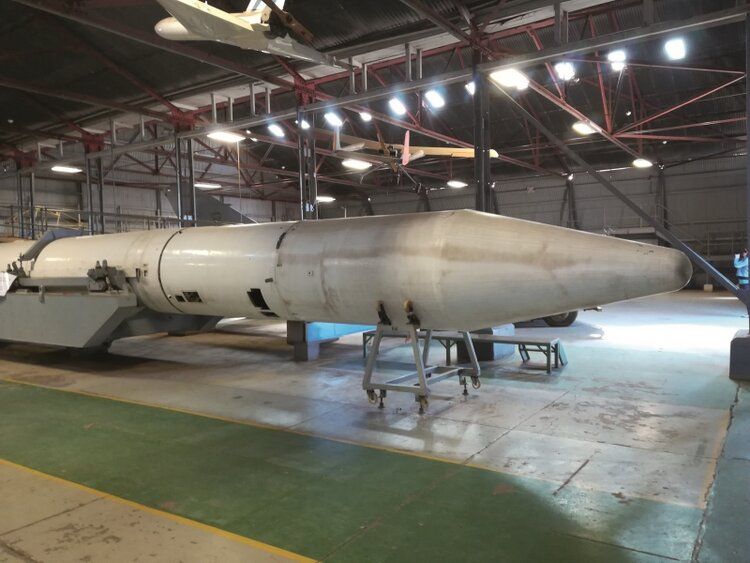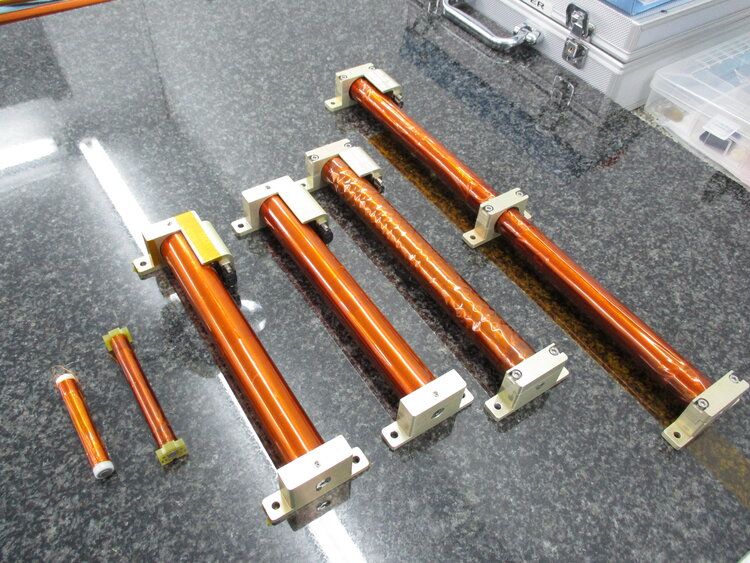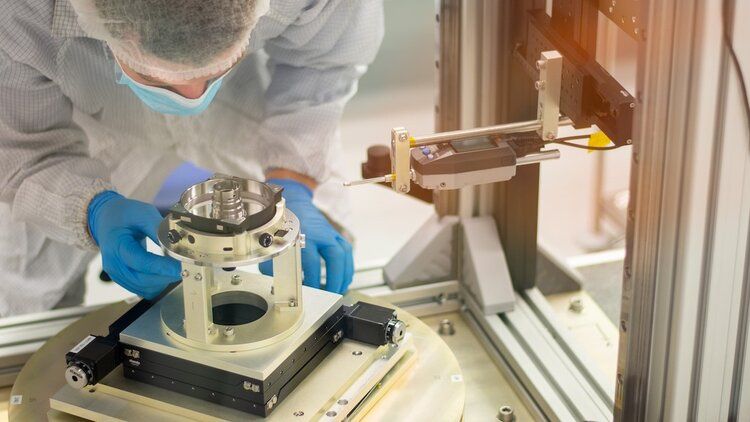Hardware Things is managed by Chuma Asuzu through the support of generous sponsors.
The published features on this site are licensed CC BY-SA 4.0, unless otherwise stated.
David Oni
On a sunny day in November 2013, the staff and students of the French South African Institute of Technology at the Cape Peninsula University of Technology (CPUT) in Cape Town, South Africa, waited with bated breath. 10,000 kilometres away, the TsetpisoSat - a cube satellite they had spent five years working on - was being launched in Yasny, Russia. The satellite, named for a sesotho word that means “promise,” was the first cube satellite built on the African continent.
Satellites have gotten smaller over the years, and builds weighing less than 500kg are termed smallsats. Cube satellites, or cubesats, are smallsats typically used for space research. They have one distinct feature: their builds are cubic with a generic size of 10 cm x 10 cm x 11.5 cm known as a U. As the convention goes, cubesats sized as 2U have double the generic volume and so on. Weighing less than 40 kg, they are built with off-the-shelf components providing the structure and electronics, and are increasingly launched as secondary payloads on a bigger satellite.

“For SANSA (South Africa National Space Agency), the primary driver [for] developing a space programme was earth observation applications, gathering information about the planet’s systems through remote sensing technologies. This data is quite beneficial [for applications like] precision farming, because farmers know more about their crops,” says Dr Val Munsami, the CEO of SANSA, to FDI. Small satellites have become increasingly popular in recent years because they’re easier to build, cost much less than large satellites, and have shorter development cycles - benefits that align well with South African objectives. Smallsats also provide an attractive way to develop and maintain national expertise in space technology. In CPUT’s case, the TsetpisoSat helped build the university’s space curriculum.
The technology has since left the classroom and in the last eight years 14 more satellites have been developed on the continent. The most recent one was built by the Mauritius Research and Innovation Council and launched just twelve days ago. A quick glance at the figures showing where the cubesats have been developed across Africa shows that South Africa is clearly in the lead. Companies in the country are actively manufacturing satellite systems and components - building propulsion systems, as well as weather monitoring and remote sensing technologies.

“One of the critical benefits we have had is a good supply chain. So we can subcontract the manufacturing of metal parts, 3D printing, chemical processes, and purchase international components through local agents,” explains James Barrington-Brown who is the CEO of NewSpace Systems (NSS), a manufacturer of satellite parts, to Space in Africa. Within the country, Cape Town (and its environs like Stellenbosch) has emerged as the hotbed of space activities with a higher density of ‘New Space’ companies than anywhere else on the continent. But the roots for this dominance were laid a long time ago.
In the 1980s, South Africa initiated its first space programme. The programme, which also had a military component, aimed to develop an earth observation satellite and launcher, as well as component facilities to support the satellite. Consequently, some of these facilities were constructed in Grabouw in Western Cape, about 70km from Cape Town. Unfortunately, the programme came to an end in 1994 and led to the redirection of these facilities to other uses.

By February 1999, the town was firmly back into space activities. Graduate students of the Department of Electrical and Electronic Engineering at Stellenbosch University, about 50.5 km from Cape Town, were finishing the SunSat-1: a smallsat built to demonstrate remote sensing and spacecraft control technologies.
Outside of space activities, Cape Town’s economy also contributes nearly three-quarters of the GDP in the Western Cape. Several international businesses have set up their trading in Cape Town, contributing up to R5 billion (about $369 million) in foreign direct investment into the city. It is also reported that more than 50% of emerging tech companies in South Africa are based in the Western Cape, with the most in Cape Town. The key to this looks to be the strong synergy between universities and industry.
“South Africa has a government-owned space company, higher institutions that have long space heritage and have been actively involved in multiple satellite projects, including several planned projects and university spinouts that were effectively subsidized [by] the government funding their initial technology development,” continues Barrington-Brown.
No outfit captures this better than Amaya Space. Founded within CPUT’s Technology Transfer Office, the company’s purpose is to commercialize the spacetech innovations developed at the university. Amaya relies on the research and development (R&D) and manufacturing capacities of CPUT - which is funded in a large part by the South African government.

“One of [our] core capabilities [at] Amaya is the production of satellite communication modules. This comprises radio and antenna modules in several communication bands including UHF/VHF radios, S-band communications sub-systems, and software defined radio. In addition, Amaya also offers full [cube] satellite builds and satellite in-orbit operations using the CPUT ground station,” says Ryan Ravens who is Chairman of Amaya Space, via email.
This has positioned the company quite well for important data missions for the federal government. The technology Amaya sells currently runs on the ZACube-2, a 3U cubesat launched three years ago that monitors ship movement off the South African coast using a software-defined radio platform that the company built. Ravens explains that there is a unique value proposition for country initiatives. “[We] provide African governments with the opportunity to own sovereign space technology assets rather than relying on data from other countries. For example, if the South African government wishes to track maritime activity along its coastline in order to reduce poaching activity of Russian or Chinese vessels, then it would be wise not to rely on data from Russian or Chinese satellites.”
Other space companies in the Cape Town region do not share the same government focus. Barrington-Brown’s Newspace Systems, as well as Simera Sense, develop their products for a more commercial audience. These companies, located only 15 minutes apart in the Somerset West neighbourhood, have identified their own niche markets in the cubesat space.
In Simera’s case, they provide cameras to their clients that enable them to put up satellites generating imagery. Their core technology enables intelligent satellite imaging missions. Ana-Mia Louw, who is the General Manager of Simera Sense goes further. “We are building the next generation of high performance cameras for cubesats and smallsats which are now becoming a key element for global information databases, enabling the drive towards autonomous commerce, industry, and indeed, life.”
While Simera Sense is a few years old, they are part of the Simera Group which is a collective of engineering and product development companies that have been in operation since 2010. When the new company was started, the Simera Group invested R10 Million (about US$750,000) into setup facilities. This initial investment, as well as $1.5million from an angel investor, enabled them to complete the development of the xScape100 - a remote sensing camera that fits into a 1.5U volume and is capable of transmitting multispectral images.
Newspace Systems on the other hand, aims to make the lives of satellite companies simpler by being their main supplier for a wide range of sub-components. They produce various Attitude Determination and Control System (ADCS) parts that employ magnetism or kinetic energy to help cubesats maintain or change their position in space. One of such parts is their magnetorquer rods: small rods that produce magnetic fields around the satellite that interact with the Earth’s own magnetic field, thus producing a torque on the satellite so that the angular momentum of the satellite can be changed and controlled. NSS has delivered more than 500 magnetorquer rods since 2016.

“Most rockets are carrying additional ‘passengers’ as well as the main satellite that paid the launch provider to take them to their specific orbit. We are supplying to so many customers nowadays that most rocket launches will very likely have some of our components on one of the satellites on the vehicle,” says Barrington-Brown. And they are not alone. All of Amaya, NewSpace, and Simera Sense ship their products around the world but have needed to develop external partnerships to do this.
Amaya Space sells their communication modules globally through their Scottish distribution partner, Clyde Space, joining the global nanosatellite value chain from their area of domain expertise in cubesat radios. NewSpace Systems partners with US-based Oakman Aerospace Inc., who assist in the components import process, and perform various integration, assembly, and testing efforts to support customers in North America. While those two pursued sales partnerships, Simera Sense went a different route by opening an office in Leuven, Belgium, to be closer to a good number of their clients who are based in Europe. They’ve also been partnered with Space Inventor since 2019, with the latter marketing Simera’s optical payloads as part of its portfolio of products.

Even though these Cape Town companies are interested in contributing to cubesat projects across the continent, there have been some difficulties with adoption by African governments who are the main satellite acquirers here. Barrington-Brown has some insight into this, he explains that African governments simply look elsewhere.
“For instance, Ethiopia and Egypt are working with China, Angola is working with the Russians, Nigeria has worked with China and the UK, Algeria and Morocco are working with France. These countries are buying big space assets with government money and not trusting African suppliers.”
That’s a tough spot for any business to be in, and it influences how these companies are funded. While cubesats reduce the cost to develop satellites, the specialised equipment needed to develop these advanced systems are expensive and the test demands for the product development processes require a significant upfront investment. While Amaya is supported through CPUT’s government funding, Simera Sense and NSS have required significant funding from investors. All three focus their sales efforts outside the continent.
Simera’s Louw goes further. “There is a lack of space-focused venture and expansion capital by government or private equity funds in South Africa. We are far behind the level of investment in Europe and America dedicated towards space. This prevents start-ups from expanding and reaching their full potential. Additionally, the limited availability of national verification and calibration facilities hampers growth. These facilities are generally too expensive for single companies to establish.”
This sentiment is shared by cubesat companies outside Cape Town, such as Xinabox. The Johannesburg company popular for their xChips - modular electronic components used to teach school pupils about electronics and space that was part of a NASA mission last year - announced recently that they will be relocating to the United States. Citing the difficulty with attracting funding and local traction on the continent, their CEO shared that 85% of their current customers are from the US.
There are other barriers that are affecting the growth of this cubesat industry. “[The] government [was] initially seen as the most likely client and user of Amaya’s products and services but a recent decision was taken to nationalize the industry, which may limit local growth prospects significantly. [South African] regulations also negatively impact our ability to commercialize IP across international borders, or accept foreign investment in return for equity,” says Ravens, whose company relies on CPUT’s government-funded research.
Some barriers are external. For NSS, they are on the receiving end when their end-users, the service providers, have difficulties raising their financing. This delays their ordering of space assets from the prime contractors, which in turn slows the primes ordering components from them. This is typical for programmes or missions that involve a government end-user.
Among all these issues, the industry in Cape Town is growing strong thanks to the depth of talent graduating from CPUT and Stellenbosch University, as well as the ingenuity of these companies who have dialled in their supply chain by localizing their inventory suppliers as much as possible. And that is still bearing fruit: Amaya is launching a K-line system for fire detection later this year, NewSpace Systems just opened a new manufacturing facility, and Simera Sense is actively working on their smallest camera yet. The sky is just the starting point for them.
Sign up with your email address to receive the monthly newsletter.